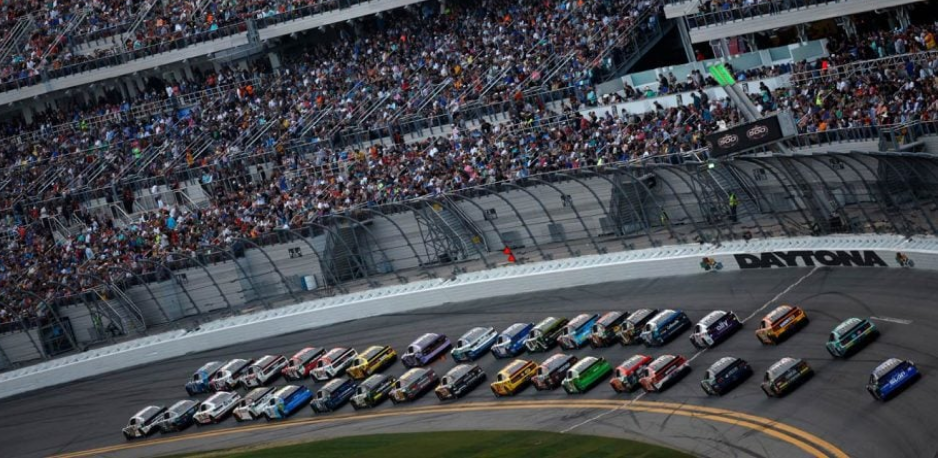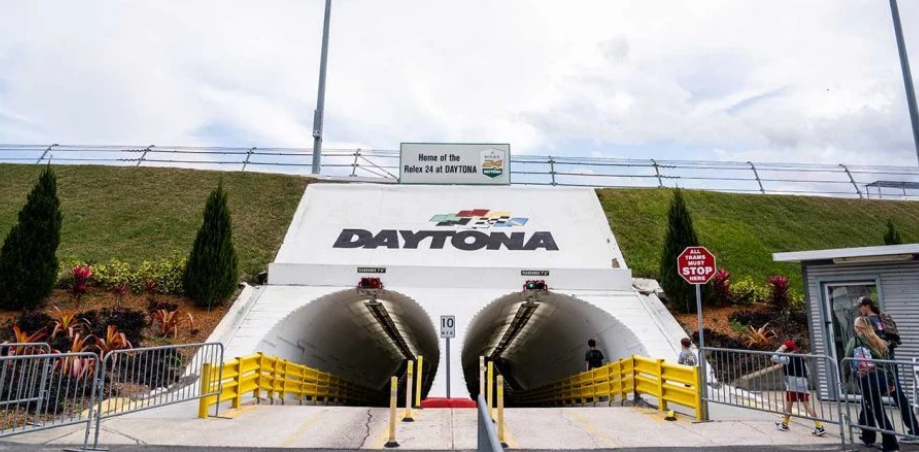In the world of motorsports, few events capture the imagination and adrenaline of fans quite like NASCAR. With its roaring engines, heart-stopping speeds, and nail-biting finishes, NASCAR stands as an iconic symbol of American racing prowess. In this article, we’ll delve into the heart of NASCAR, exploring its rich history, key features, and enduring popularity
The Origins of NASCAR
Source this image Nascar gallery
NASCAR, short for the National Association for Stock Car Auto Racing, traces its roots back to the Prohibition era in the United States. In the 1920s and 1930s, bootleggers modified their vehicles to outrun law enforcement, giving birth to the concept of “stock car” racing. These races, held on dirt tracks across the country, laid the foundation for what would become NASCAR.
In 1948, NASCAR was officially founded by Bill France Sr., who sought to organize and standardize stock car racing. The first NAS-CAR Strictly Stock race, now known as the NASCAR Cup Series, took place at Charlotte Speedway on June 19, 1949, marking the beginning of a cultural phenomenon.
The Thrills of NASCAR Racing
At the core of NASCAR’s appeal lies its unique racing format. Unlike other motorsports, NASCAR events primarily feature oval-shaped tracks, where drivers navigate left turns for hundreds of miles. This high-speed, high-stakes environment demands exceptional skill, strategy, and nerve from competitors.
One of NASCAR’s defining characteristics is its emphasis on close competition. Races often feature multiple lead changes, with drivers jostling for position inches apart at speeds exceeding 200 miles per hour. This constant battle for supremacy keeps fans on the edge of their seats until the very last lap.
The Evolution of NASCAR

Over the decades, NAS-CAR has evolved significantly, adapting to changes in technology, safety standards, and fan preferences. The introduction of restrictor plates, safer barriers, and other innovations has enhanced both the safety and excitement of supercar racing.
Additionally, this Race has expanded its reach beyond traditional Southern roots, with races held at tracks across the United States and even internationally. This broader appeal has helped NASCAR attract a diverse fan base and solidify its status as a global motorsport powerhouse.
The Cultural Impact of NASCAR
Beyond its thrilling on-track action, NASCAR holds a special place in American culture. From iconic drivers like Richard Petty and Dale Earnhardt to legendary rivalries and historic moments, This rich tapestry is woven into the fabric of the nation.
NASCAR events also serve as social gatherings, bringing together fans from all walks of life to celebrate their shared passion for racing. Whether tailgating in the infield or cheering from the grandstands, the sense of camaraderie and community at NAS-CAR races is palpable.
The Future of NASCAR
As NASCAR looks to the future, it faces both challenges and opportunities. With advancements in electric and autonomous vehicle technology, the landscape of motorsports is rapidly evolving. This must navigate these changes while staying true to its roots and engaging fans in new and innovative ways.
From virtual racing experiences to sustainability initiatives, this race is embracing the digital age and prioritizing environmental responsibility. By embracing innovation while honoring its heritage, This is poised to continue captivating audiences for generations to come.
Conclusion
In conclusion, NASCAR stands as a testament to the enduring spirit of American motorsports. With its thrilling races, storied history, and passionate fan base, NASCAR continues to captivate audiences around the world. As we look ahead, one thing is certain: the roar of the engines and the thrill of the chase will forever define the essence of NAS-CAR. In 2024 car racing games have become more popular and thrilling day by day.



